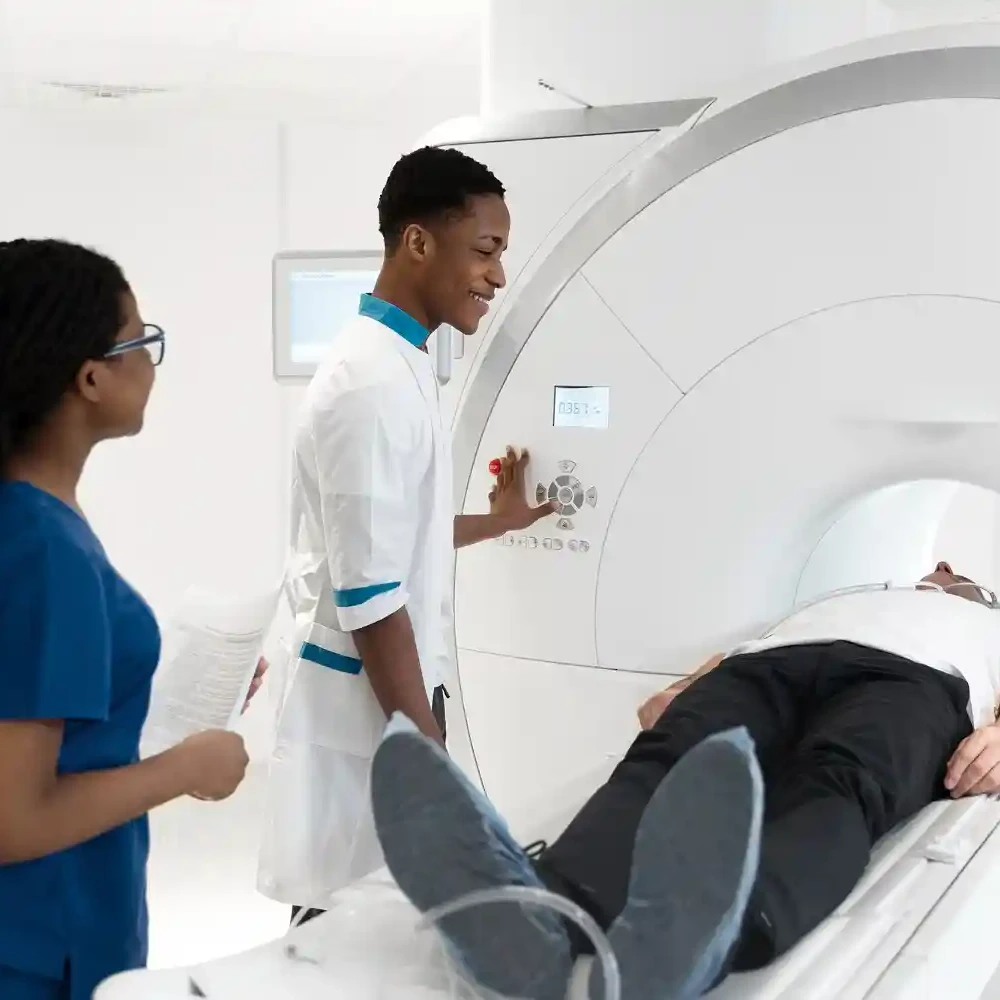The Gene Xpert assay is a new technology that is causing a revolution in the health sector because of its contribution to the early detection of tuberculosis and drug resistance.
Which is a serious health threat to society. In our previous article, Acid Fast Bacilli test, we stated that tuberculosis is caused by Mycobacterium tuberculosis, and we also highlighted the diagnosis and some of the procedures carried out to diagnose the ailment.
The amazing thing about this new technology is that it helps diagnose the presence of Mycobacterium tuberculosis in the sputum of a person suspected to have this infection within 2 hours, as compared to the acid-fast smear test, which takes about 2–8 weeks before a proper result can be detected.
It is also used to test for resistance to rifampicin.
Basic history
The GeneXpert has been developed by the Foundation for Innovative New Diagnostics (FIND), which has partnered with the Cepheid Corporation and the University of Medicine and Dentistry of New Jersey.
In December 2010, WHO endorsed the GeneXpert technology and released a recommendation and guidance for countries to incorporate the new test into their programs.
However, in July 2020, Cepheid and FIND announced that a new test had been developed that could detect resistance to both first-line and second-line drugs.
There are several types of Gene Xpert, which include the 1, 2, 4, or 16-module configuration.
How does Gene Xpert work?
The Gene Xpert ((Gene Xpert Division for Tuberculosis Elimination, 2016, CDC, accessed March 22, 2021) is a nucleic amplification assay test in which sputum is collected from a person with suspected TB and is mixed with a reagent and placed in a disposable test tube that works with the Gene Xpert, after which the remaining processes are automated.
What are the possible outcomes of the test?
After the test has been carried out, it is expected that three outcomes may come up: detected, not detected, and indeterminate.
- Detected means that the presence of Mycobacterium tuberculosis was detected in the sample analyzed by GeneXpert.
- Not detected means that, after the conclusion of the test, Mycobacterium tuberculosis was not detected in the sputum sample.
- Indeterminate means that no result was determined; hence, another test would have to be carried out.
It is worth noting that the Gene Xpert test is used to detect resistance to rifampicin.
When an individual’s result tests positive for Mycobacterium tuberculosis and Rifampicin, it means that the bacteria have a high probability of being resistant to Rifampicin.
In this case, it is usually advised that additional rapid testing be carried out for confirmation.
Once Rifampicin resistance has been confirmed, rapid molecular drug resistance testing of first-line and second-line drugs is performed so that the best and most effective treatment can be ascertained.
But when an individual’s results test positive for Mycobacterium tuberculosis but negative for Rifampicin, this means that the bacteria are probably susceptible to Rifampicin
Advantages and disadvantages
Advantages
- The test helps to detect multidrug resistance
- It requires minimal technical training
- It is very quick, as results are obtained within 2 hours.
Disadvantages
- It is very expensive
- It needs to be checked or maintained every year
- It requires an uninterrupted source of electricity.
Conclusion
The gene expert test is a welcomed contribution in helping the diagnosis of tuberculosis; it saves the patients the cost of running countless tests because of its accuracy in detecting resistance to rifampicin, therefore assisting the physician in selecting the most effective treatment for the patient.
Isioma Enuonye
Isioma is a graduate of Babcock University, where she bagged a degree in Microbiology she is a Content writer, Digital Marketing Executive as well as a Social Media Manager with over 5 years of experience in this field. She is passionate about writing and digital marketing.



